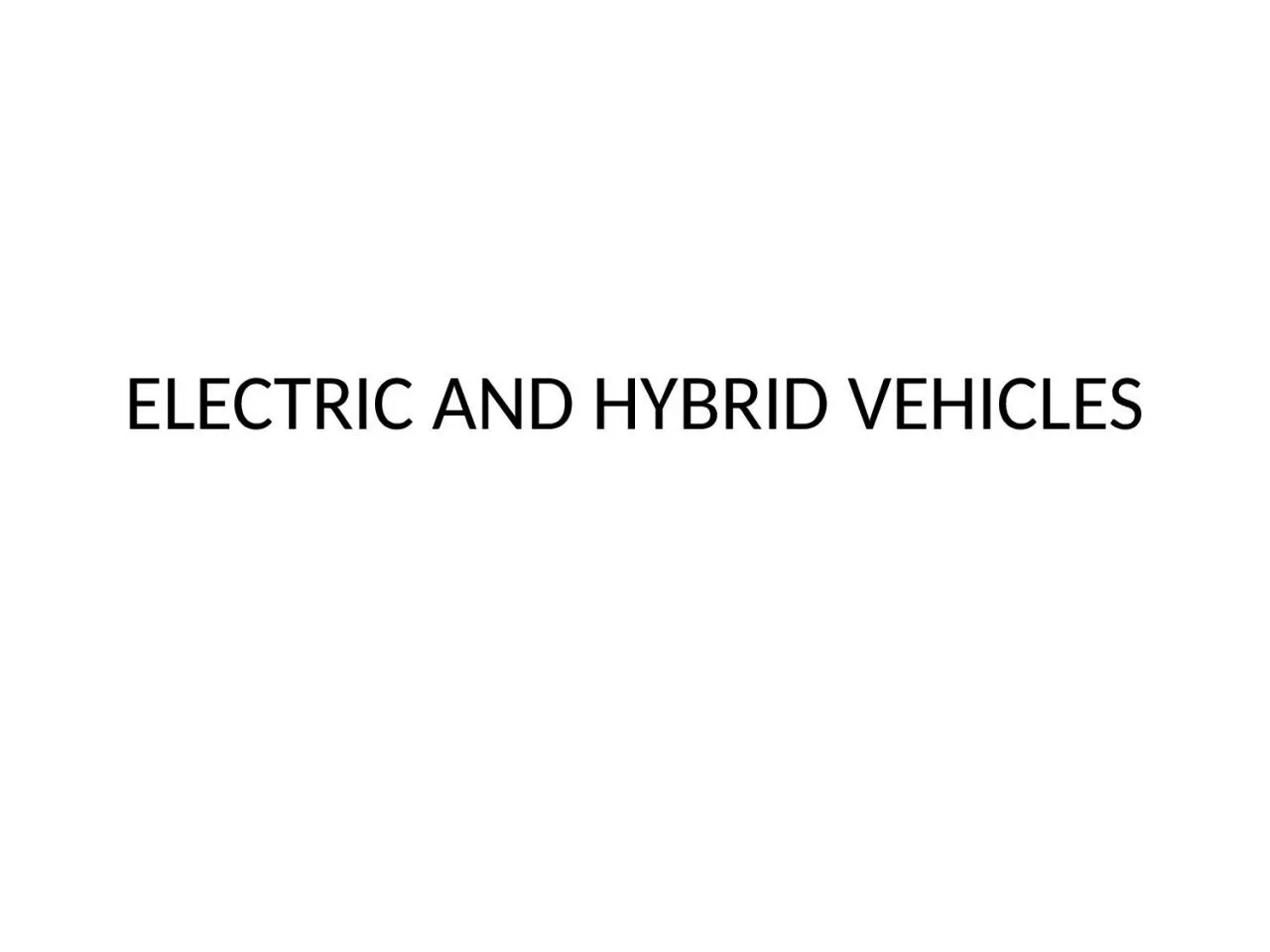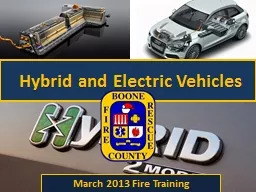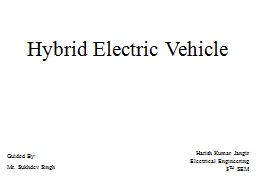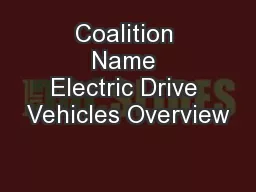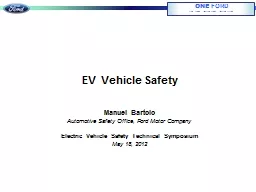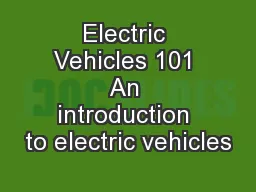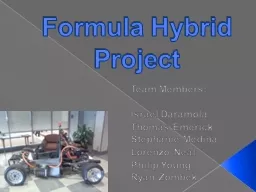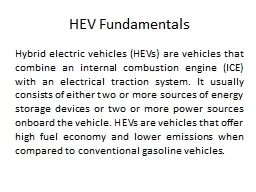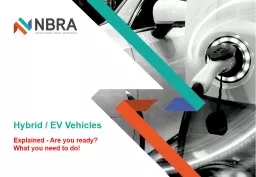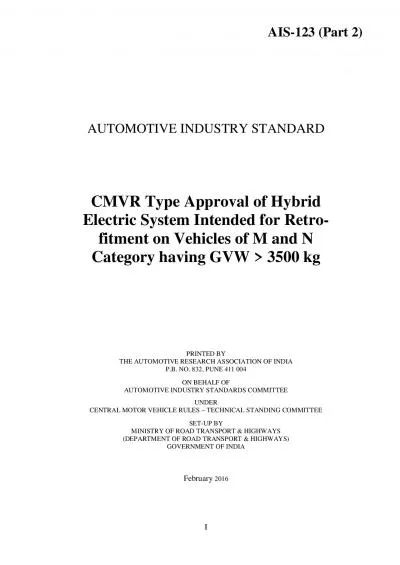PPT-ELECTRIC AND HYBRID VEHICLES
Author : dorothy | Published Date : 2022-06-28
Hybridization Ratio Some new concepts have also emerged in the past few years including full hybrid mild hybrid and micro hybrid These concepts are usually
Presentation Embed Code
Download Presentation
Download Presentation The PPT/PDF document "ELECTRIC AND HYBRID VEHICLES" is the property of its rightful owner. Permission is granted to download and print the materials on this website for personal, non-commercial use only, and to display it on your personal computer provided you do not modify the materials and that you retain all copyright notices contained in the materials. By downloading content from our website, you accept the terms of this agreement.
ELECTRIC AND HYBRID VEHICLES: Transcript
Download Rules Of Document
"ELECTRIC AND HYBRID VEHICLES"The content belongs to its owner. You may download and print it for personal use, without modification, and keep all copyright notices. By downloading, you agree to these terms.
Related Documents

